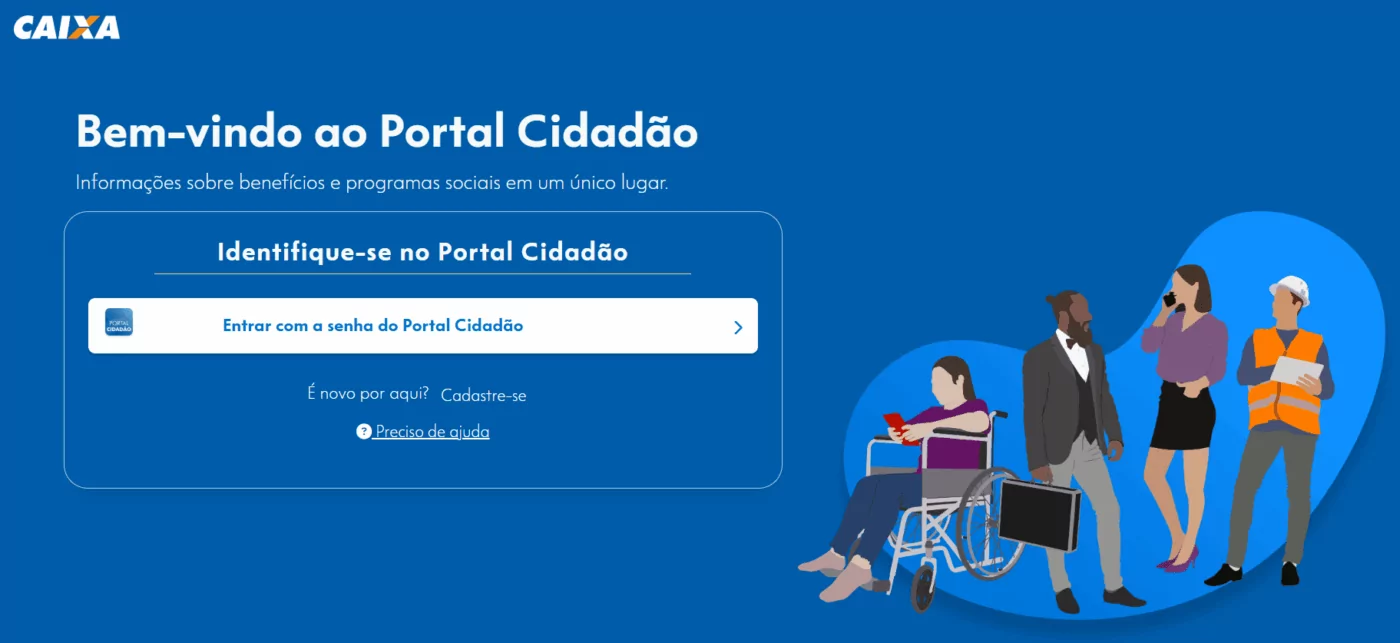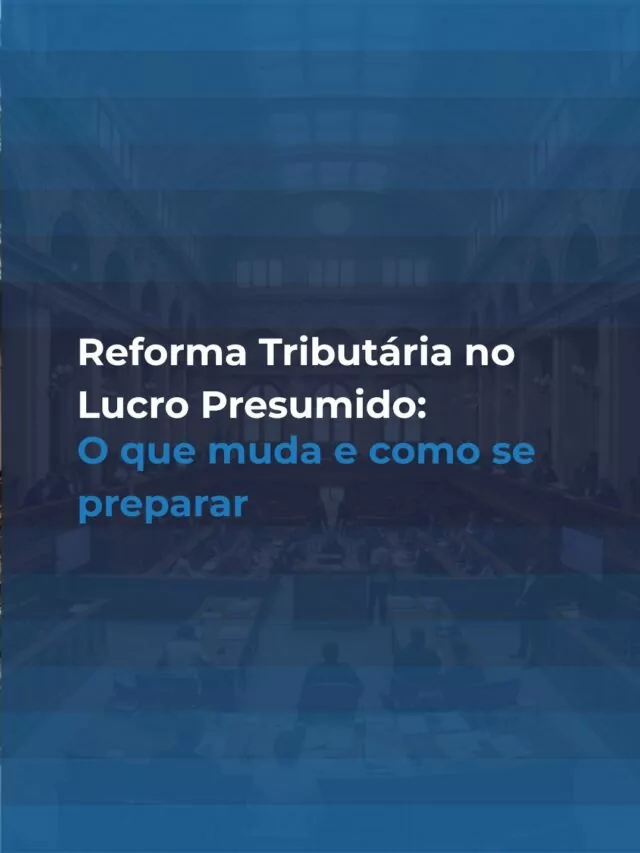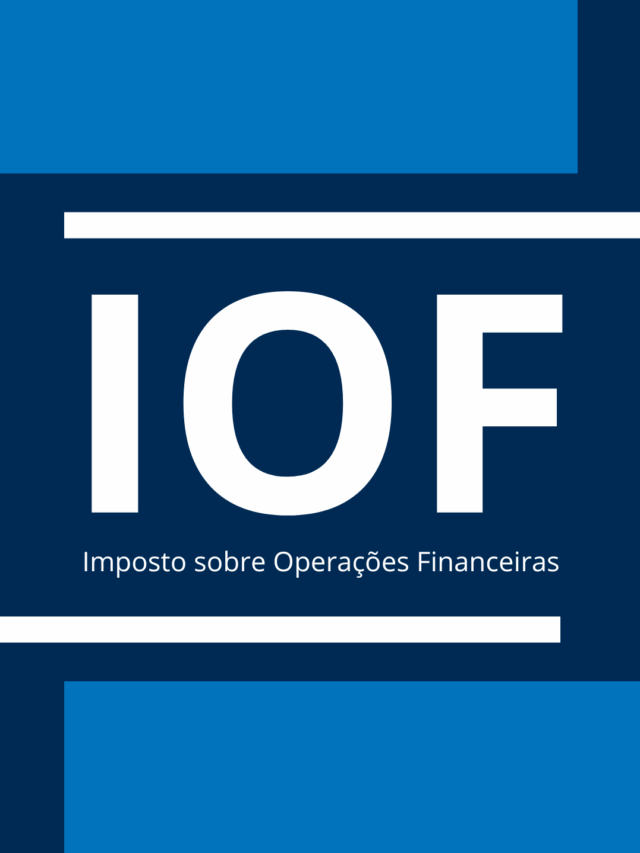If you are looking for information on how to pay INSS as a self-employed personHowever, this is a very common question among self-employed professionals who want to guarantee social security protection.
In 2025, many rules will still apply, but understanding the correct steps for making payments, identifying your rights and opting for the best plan can make all the difference to your financial future.
Being self-employed in Brazil brings flexibility and independence, but it also requires attention to pension planning.
Contributing to the INSS is a fundamental step for those who want to secure benefits such as retirement, sickness benefit, maternity pay and other essential coverage offered by the Social Security system.
However, the process can generate doubts: from how to find the PIS number, choose the form of contribution, to understanding what amount must be paid to be up to date with tax obligations.
Understanding how to pay INSS as a self-employed person goes beyond fulfilling a legal commitment. It's about investing in security and peace of mind, especially in unforeseen situations.
Throughout the text, you will understand each step of this process, find practical tips to avoid mistakes and discover the best ways to plan your contribution in 2025 without complications.
Follow along and ask all your questions to ensure a safer and more secure future.
Listen to the podcast where Carlos Alexandre and Bea unravel the bureaucratic hassle of being self-employed in Brazil. They explain it in a clear and practical way:
Guide to paying INSS as a self-employed person in 2025
Contributing to the INSS as a self-employed person is a process structured in stages, each of which is fundamental to ensuring that the payment is made correctly and without complications.
Follow the detailed step-by-step to learn how to pay INSS as a self-employed person and start their INSS contributions in 2025:
1- Find your PIS number
The first requirement for paying INSS as a self-employed person is to identify your PIS (Social Integration Program) number, also called NIT (Worker Identification Number) in some cases.
This number is essential for accessing government systems, issuing tax forms and keeping track of your contributions. If you have ever worked with a formal contract, the PIS number is recorded on the physical work permit, usually on the first page with the employer's notes.
It is also possible to consult it on the FGTS statement or, even more conveniently, using digital platforms such as the Carteira de Trabalho Digital app, the website or app My INSSand also the Citizen's Portal from Caixa Econômica Federal.
If you have never contributed, you will need to register initially on the Meu INSS website or go to an INSS office to generate your number.
2- Define the ideal contribution model
After finding out your PIS number, the next step is to choose which form of contribution best suits your self-employed profile. The INSS allows self-employed workers to opt for different plans, each with its own rules and amounts:
- Traditional Plan (20%)
- Simplified Plan (11%)
- Optional Low Income Plan (5%)
3- Generate and fill in the GPS online
Once you have your PIS number and have defined your contribution plan, it's time to issue the Social Security Form (GPS), which acts as proof of your monthly payment to the INSS.
You can generate the GPS completely online, without having to go to a branch. Go to the Meu INSS website, under the "Emit Guia de Pagamento" option, or to the Receita Federal system.
Fill in the requested information carefully: PIS/NIT number, payment code corresponding to the chosen plan, competence (month of contribution) and amount to be paid. The form can be printed out or paid online.
Advantages of contributing to the INSS as a self-employed person
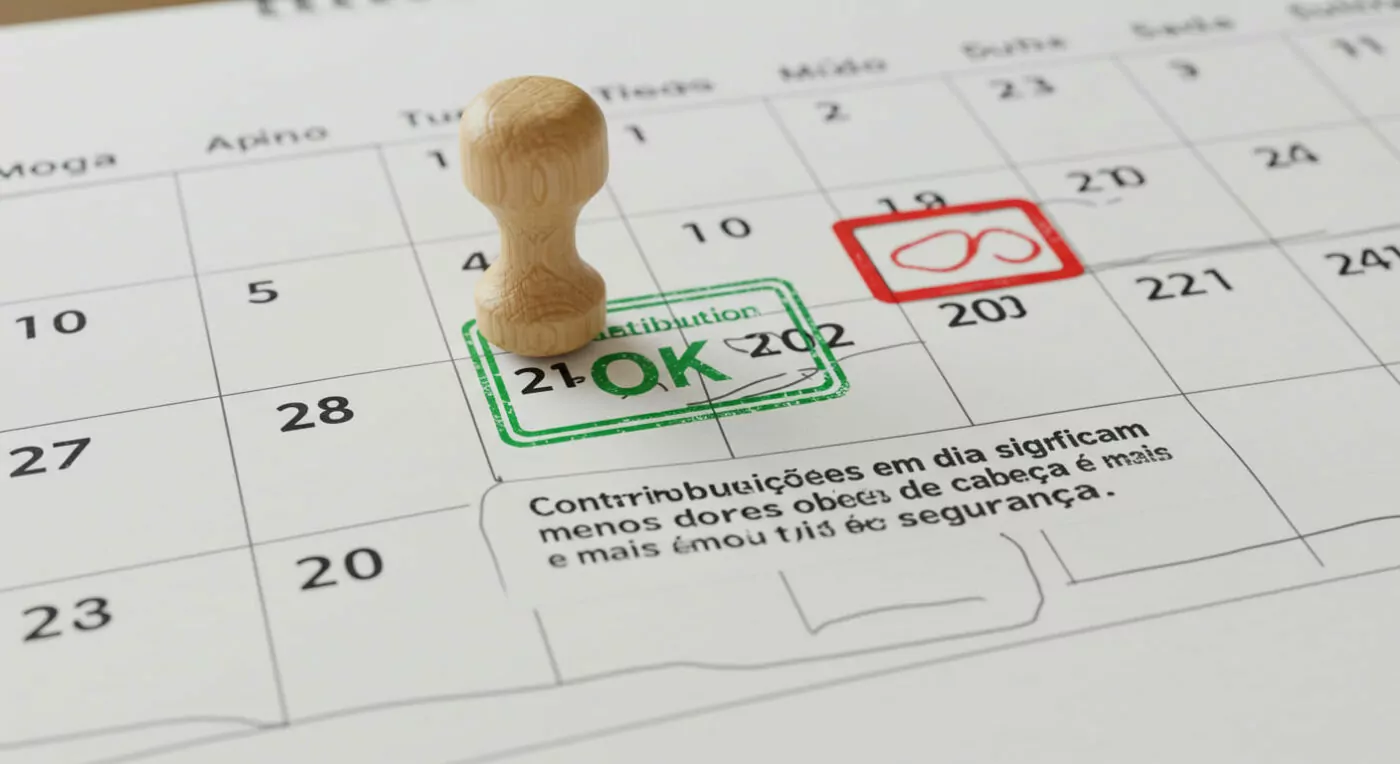
Contributing to the INSS as a self-employed professional brings a series of benefits that go beyond regularization with the social security system. Here are the main advantages of keeping your contributions up to date:
- Access to retirement: Guarantee of right to retirement by age, disability or contribution time, depending on the plan and amounts chosen.
- Sick payIn cases of illness or accident that prevent you from working, the INSS offers financial assistance during your absence.
- Maternity pay: Self-employed women are entitled to receive the benefit during the maternity leave period, once the minimum requirements have been met.
- Prison allowance: If the taxpayer is imprisoned, dependents can count on an allowance that guarantees financial support for the family.
- Death pension: In the event of the insured person's death, their dependents become entitled to a pension, providing family protection.
- Coverage for accidents at work: Possibility of receiving aid in situations arising from accidents related to professional activity, according to INSS rules.
- Easy access to banking services and financing: Proof of regular income through contributions can facilitate the approval of loans and financing.
- Peace of mind and legal certaintyPaying the tax ensures that the self-employed person is up to date with Social Security, avoiding legal problems in the future.
Who is eligible to make contributions to the INSS?
Brazilian legislation allows various people to be insured under the Social Security system, making contributions to the INSS and guaranteeing access to the system's social security benefits. The main groups eligible to contribute include:
- Self-employed workersProfessionals who are self-employed, with no formal employment relationship. They can be service providers, consultants, self-employed professionals, artisans, among others.
- Individual taxpayers: This includes both the self-employed and entrepreneurs, partners and managers of companies, self-employed farmers and app drivers, for example.
- Employees with a formal contract: In this modality, the contribution is deducted directly from the salary by the employer, who passes the amounts on to the INSS.
- Domestic workers: People who provide domestic services, such as cleaners, nannies or cooks, also contribute, usually through their employer.
- Freelance workers: They are those who provide services to various companies, through a union or management body, without traditional employment ties.
- Voluntary insured personsPeople who do not work, such as students, housewives, the unemployed or apprentices, but choose to contribute to guarantee social security protection.
- Individual Microentrepreneurs (MEI): Those who are formalized as MEI pay the INSS through the DAS form, with a reduced amount and linked to the activity carried out.
How long does it take to get INSS coverage once you start contributing as a self-employed person?
After starting to make contributions to the INSS as a self-employed person (individual contributor), access to social security benefits depends on fulfilling a waiting period, which varies according to the type of benefit requested.
The waiting period is the minimum number of monthly contributions required for the insured person to be entitled to each benefit. See below for the main deadlines:
- Sickness benefit and disability pension: You must have at least 12 monthly contributions (equivalent to one year) to be eligible.
- Maternity pay: It requires 10 monthly contributions.
- Age pension: Requires 180 monthly contributions (15 years).
- Death pension and prisoner's allowance: There is no waiting period, i.e. cover is immediate once the first contribution has been paid, as long as you are insured.
It is worth noting that in order to be entitled to the benefit, in addition to fulfilling the minimum waiting period, the insured person must maintain the status of insured person, i.e. have contributions up to date or be within the grace period, as provided for by law.
What will the INSS contribution be for self-employed people in 2025?
The amount of the INSS contribution for self-employed people in 2025 depends on the plan chosen and the income declared. The National Social Security Institute offers different ways of paying contributions to suit the profile and financial reality of the individual contributor.
Each option has its own specific rules regarding the minimum amount and the calculation basis, as well as having an impact on the type of future benefit to be received.
Here's a look at how the main modalities work and how much they will cost in 2025:
| Contribution Plan | Rate (%) | Calculation Basis | Monthly Contribution Amount (2025) |
| Traditional Plan (Individual Contributor) | 20% | Declared monthly income* | From R$ 303.60 to R$ 1,693.54 |
| Simplified Plan (Individual Contributor) | 11% | Minimum wage (R$ 1,518.00)** | R$ 166.98 |
| Optional Low Income Plan | 5% | Minimum wage (R$ 1,518.00) | R$ 75,90 |
| MEI (Individual Microentrepreneur) | 5% | Minimum wage (R$ 1,518.00) | R$ 75.90 (included in the DAS tab) |
The income declared for the Traditional Plan must respect the minimum contribution amount (current minimum wage) and cannot exceed the INSS ceiling, which in 2025 is R$ 8,467.72.
The 2025 minimum wage used for the calculation is R$ 1,518.00 (subject to annual updating by the federal government).
What amount of INSS must be paid to guarantee 2 salaries of benefit?
In order to get a pension equivalent to two minimum salaries as a self-employed taxpayer, you have to pay a monthly amount to the INSS that is proportional to the desired income.
In 2025, considering that the minimum wage is set at R$ 1,518.00, the aim is to guarantee a benefit of R$ 3,036.00. To do this, it is necessary to opt for the traditional plan, where the rate is 20% on the amount chosen as the contribution base.
This means that every month the self-employed person has to pay the equivalent of R$ 607.20. This strategy ensures that, when they reach the retirement requirements, the value of the benefit can reach the planned level.
However, it is essential to maintain regular payments and periodically check your INSS statements to ensure that the history is correct, as only the traditional plan offers this possibility of adjusting the amount of the future benefit.
INSS contribution plan options for the self-employed in 2025
When searching how to pay INSS as a self-employed person in 2025It is essential to understand the alternatives available, which requirements must be met in each one and how to identify the best framework for your situation.
The INSS offers three main contribution plans for self-employed workers, each with specific characteristics, guaranteed rights and different amounts to pay.
Full contribution plan - 20%
The full contribution plan is aimed at those who wish to enjoy all the benefits offered by the Social Security system, including the possibility of retirement for contribution time and the calculation of the benefit based on the average of the highest salaries.
In this plan, the rate is 20% on the amount that the self-employed person wishes to declare as the base, provided it is equal to or greater than the minimum wage and limited to the INSS ceiling. This plan is ideal for those who have a variable income or one above the national floor and want to retire with an amount above the minimum wage.
You fall into this model if you are self-employed, have a PIS/NIT registration and are able to pay monthly contributions above the mandatory minimum.
Simplified plan - 11%
The simplified INSS plan is aimed at individual or self-employed taxpayers who want to guarantee access to the main social security benefits, but prioritize a lower rate on the minimum wage.
Here, the monthly contribution is 11% of the current minimum wage. This model is suitable for those who want to pay more affordable amounts and are not necessarily looking for a pension with a value above the national floor, as in this plan the maximum benefit is limited to one minimum wage.
Individuals who are self-employed, but do not qualify as entrepreneurs or the like, are usually included.
Optional plan for low income - 5%
Designed for people who don't have their own income, the optional low-income plan was created to facilitate access to social security protection, even for those outside the formal market.
In this case, the contribution corresponds to 5% of the minimum wage. To qualify, you must prove that you do not receive your own monthly income, that you are not employed, that you are part of a family registered in the Federal Government's Single Registry for Social Programs (CadÚnico) and that you have a family income of up to two minimum wages.
This plan is ideal for housewives, students or unemployed people looking to guarantee social protection with a reduced contribution amount.
What does it mean to be an individual INSS contributor and who can qualify?
Being an individual contributor to the INSS means taking responsibility for making monthly payments to the social security system on your own initiative, without the intermediation of an employer.
This format is adopted mainly by those who are self-employed, such as freelancers, service providers and small entrepreneurs, seeking to guarantee social protection, such as pensions and benefits.
In the context of how to pay INSS as a self-employed personAs such, individual taxpayers include all people who are self-employed, without a formal employment relationship, but also those who provide occasional services to companies, without subordination or a fixed routine.
Anyone wishing to join this category must register with the INSS, obtain an identification number and start making contributions to one of the existing plans.
By opting for this condition, the worker ensures a safety net in the event of situations such as illness, accidents, maternity or gaining the right to retire, making contributions indispensable for the financial and personal future.
Difference between individual and voluntary contributions in 2025
While the individual contribution is aimed at people who are self-employed, such as freelancers and professionals, the optional contribution is aimed at those who do not have their own income, such as students, housewives or the unemployed.
Individual contributors pay into the INSS to guarantee their social safety net while they work, while voluntary contributors make a voluntary contribution to maintain their right to social security coverage even without an active professional relationship.
In both situations, you can choose between full-contribution, simplified or low-income plans, but the profile and needs are different.
Is it possible to make a retroactive payment to the INSS for someone who has never contributed?

Retrospective payment to the INSS for those who have never contributed can only be made in specific situations. If you never registered and were not in paid employment, you are not allowed to pay back contributions.
The INSS only authorizes retroactive regularization when it is proven that the person was self-employed or carried out professional activities without paying the corresponding contributions, by presenting documents, contracts or receipts.
Each case is analyzed individually and you may have to pay interest and fines. That's why starting contributions as soon as possible is always the best way to guarantee your social security rights.
I stopped my contributions, can I still resume paying INSS?
If you have stopped making contributions to the INSS, it is perfectly possible to resume payments at any time. All you have to do is reactivate your registration and, if you wish, pay off any outstanding periods, as long as you can prove that you were working during those months.
The return can be made either through the Meu INSS portal or in person at a branch, choosing the contribution plan that best suits you.
Maintaining regular payments after a break is important to avoid losing your insurance status and to guarantee continued access to social security benefits.
How do I pay INSS when I'm unemployed?
Even if you are unemployed, you can contribute to the INSS as an optional contributor. All you have to do is be over 16 years old, not do any paid work and register through the Meu INSS portal.
Once you fall into this category, choose the payment code that suits your profile (normal optional or low income) and make the monthly payments based on the minimum wage in force.
In this way, you continue to accumulate contribution time and maintain your insured status, which guarantees access to benefits even in the absence of formal employment.
Step by step on how to pay INSS as a self-employed person in arrears
1- Identify unpaid periods
Find out which months or years you haven't paid your INSS. Check your statement of contributions on the Meu INSS portal to find out the amounts and the amounts in arrears.
2- Seek expert advice from CLM Controller
Before starting the regularization process, you can go to the CLM Controller. Our accounting team is prepared to analyze your situation, verify the necessary documents and draw up the best plan to regularize your contributions safely and efficiently, avoiding errors and optimizing the process.
3- Proof of the activity carried out during the period
If you were self-employed or an individual taxpayer during the months in arrears, prepare documents to prove that you were working, such as receipts for services rendered, contracts, invoices or declarations.
4- Request the calculation from the INSS
Access the Meu INSS portal or schedule a face-to-face appointment at an INSS branch to request the calculation of arrears. The system will automatically calculate the amount for each month, including interest and fines according to the period.
5- Generate the Social Security Form (GPS)
Once the amounts have been determined, access the Receita Federal website or Meu INSS itself to generate the GPS for each overdue month. Fill in the details correctly, entering the appropriate contribution code for your case.
6- Make the payment
Pay the forms generated at authorized banks, ATMs or via internet banking, using the barcode printed on the GPS.
7- Keep up to date with contributions
After making the payment, wait a few days and check your statement of contributions on the My INSS portal to confirm that the amounts paid have been correctly recorded in your social security record.
8- Regularize doubts or inconsistencies
If any payment does not appear correctly, collect the receipts for the GPS payments and contact the INSS to ask for the outstanding payment to be regularized.
Choose between monthly or quarterly INSS payments
The INSS allows both individual and voluntary contributors to opt for monthly or quarterly payment of contributions.
Monthly payments make it easier to control and avoid accumulating amounts, but quarterly payments can be interesting for those who prefer to organize their finances over longer periods.
It's worth remembering that all payments must be made on time, and late payment can result in interest and fines being charged. The ideal choice depends on the policyholder's financial planning and payment routine.
Finishing your journey towards pension peace of mind
Regularizing and maintaining your INSS payments as a self-employed person is a smart choice for those who want security and stability in the future.
Understanding how to pay INSS as a self-employed personYou have access to fundamental benefits such as retirement and sickness benefits and protection for your family.
Keeping contributions up to date is the responsibility of every professional seeking independence, but without giving up a social support network.
If you need advice on paying off arrears, choosing the best plan or monitoring your pension situation, know that you can receive specialized support and avoid mistakes in the process.
Don't put it off: take care of your INSS today and invest in your well-being tomorrow.
Get in touch with CLM Controller to make sure you're following the right path and guarantee all the peace of mind you deserve!
Frequently asked questions for self-employed INSS contributors
- Can I change my INSS contribution from one month to the next?
Yes, the self-employed can choose the calculation basis for each competence (month), as long as it respects the minimum amount (minimum wage) and the INSS ceiling. This allows for adjustments according to your income and financial planning, but remember: the future benefit is calculated based on the amounts actually paid, so higher contributions result in higher benefits.
- What happens if I pay INSS late or after the deadline as a self-employed person?
Late payment is subject to interest and fines. If you are up to five years in arrears, you can pay the debts spontaneously. If you are more than five years in arrears, you can only pay after analysis and authorization from the INSS, with proof of activity during the period. Important: periods in arrears only count for benefits once they have been settled.
- Can people who work in more than one activity pay INSS as self-employed people and also in other jobs?
Yes, it is possible to contribute to the INSS for different jobs (e.g. employed and self-employed at the same time). The amounts will be added together to calculate the benefits, respecting the limit of the social security ceiling. If the total amount exceeds the INSS contribution ceiling, only the sum up to the limit will be taken into account for the calculation.
- Can MEIs pay an extra contribution to increase the value of their pension?
Yes, the MEI can supplement the monthly contribution by paying the difference to reach the rate of 20% of the minimum wage or more, using a specific GPS code. With this, the MEI becomes entitled to retirement for contribution time and can also receive a benefit above the minimum wage, proportional to the supplementary amount paid.
- If I stop contributing as a self-employed person, do I lose all my INSS rights?
Not immediately. After the last contribution, the insured person retains their rights (insured status) for a period called the "grace period", which can vary from 12 to 36 months, depending on the previous contribution time and specific situations (such as unemployment, for example). After this period, you have to start contributing again to re-establish all your rights.
Do Individual Microentrepreneurs (MEI) have the same rights as those who pay INSS as self-employed people?
The MEI is also protected by the INSS and has access to benefits such as old-age retirement, sickness benefit, maternity pay and death pension, as long as it keeps its DAS payments up to date. However, the value of the benefits will be limited to the minimum wage, since the MEI contributes only 5% of this amount.
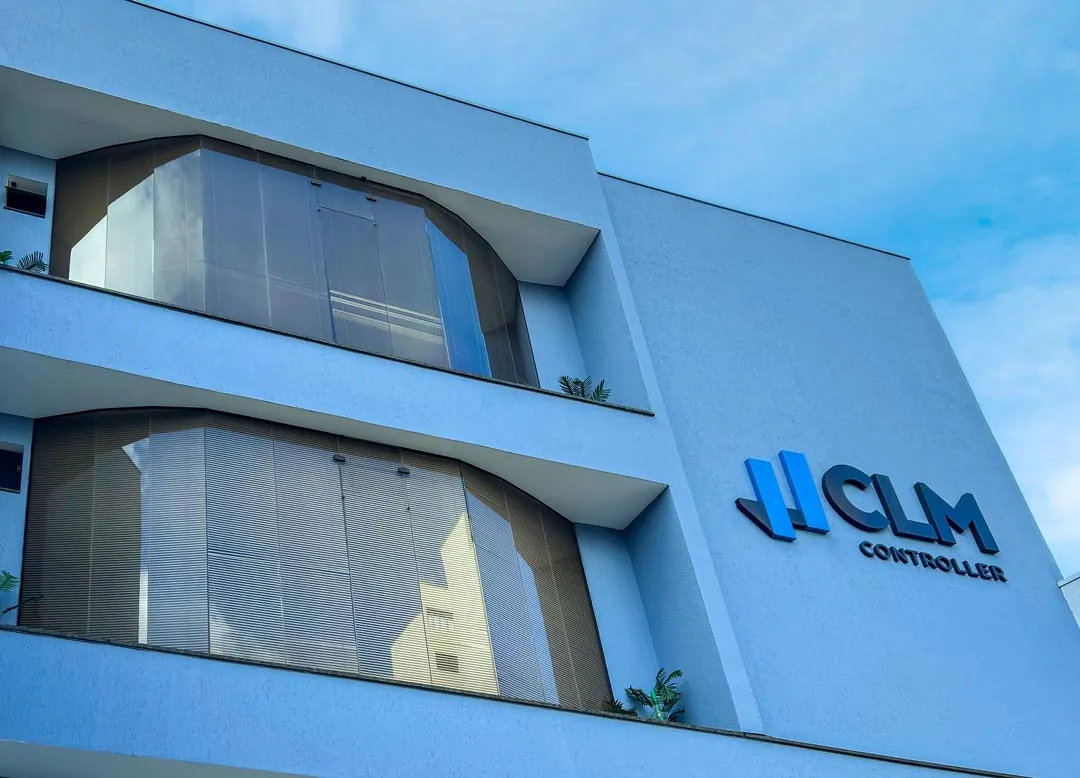
Upgrade your finances:
Talk to us!


